When is a derivative work original and thus protectable by copyright? Classicist’s critical edition makes its way to Luxembourg in fresh Romanian CJEU referral
The IPKat
JANUARY 17, 2024
Translated into copyright language: a critical edition is an example of derivative work. In 2001, the professor published a critical edition of Demetrii principis Cantemirii. In 2015, the Romanian Academy/National Foundation for Science and Art, published a book that allegedly incorporated Slușanschi’s critical edition.

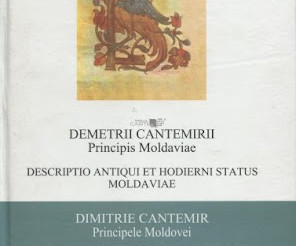
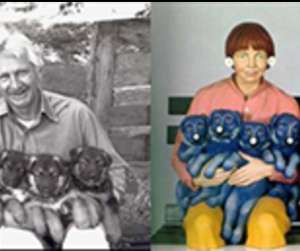
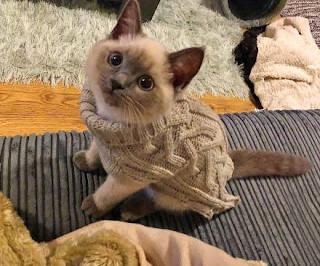

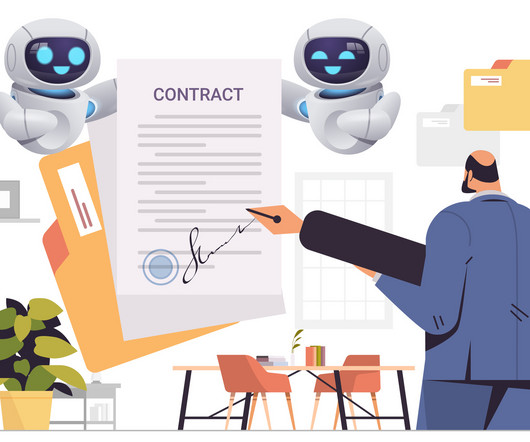
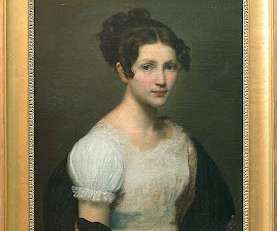

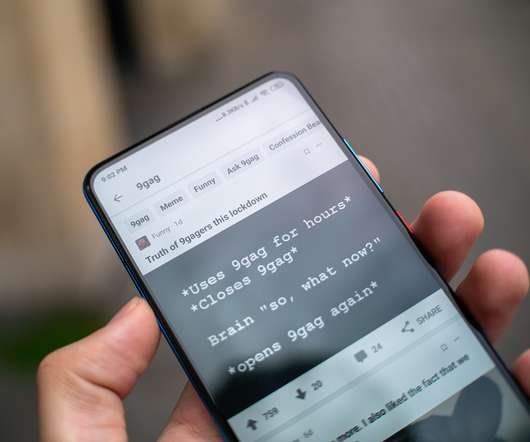







Let's personalize your content